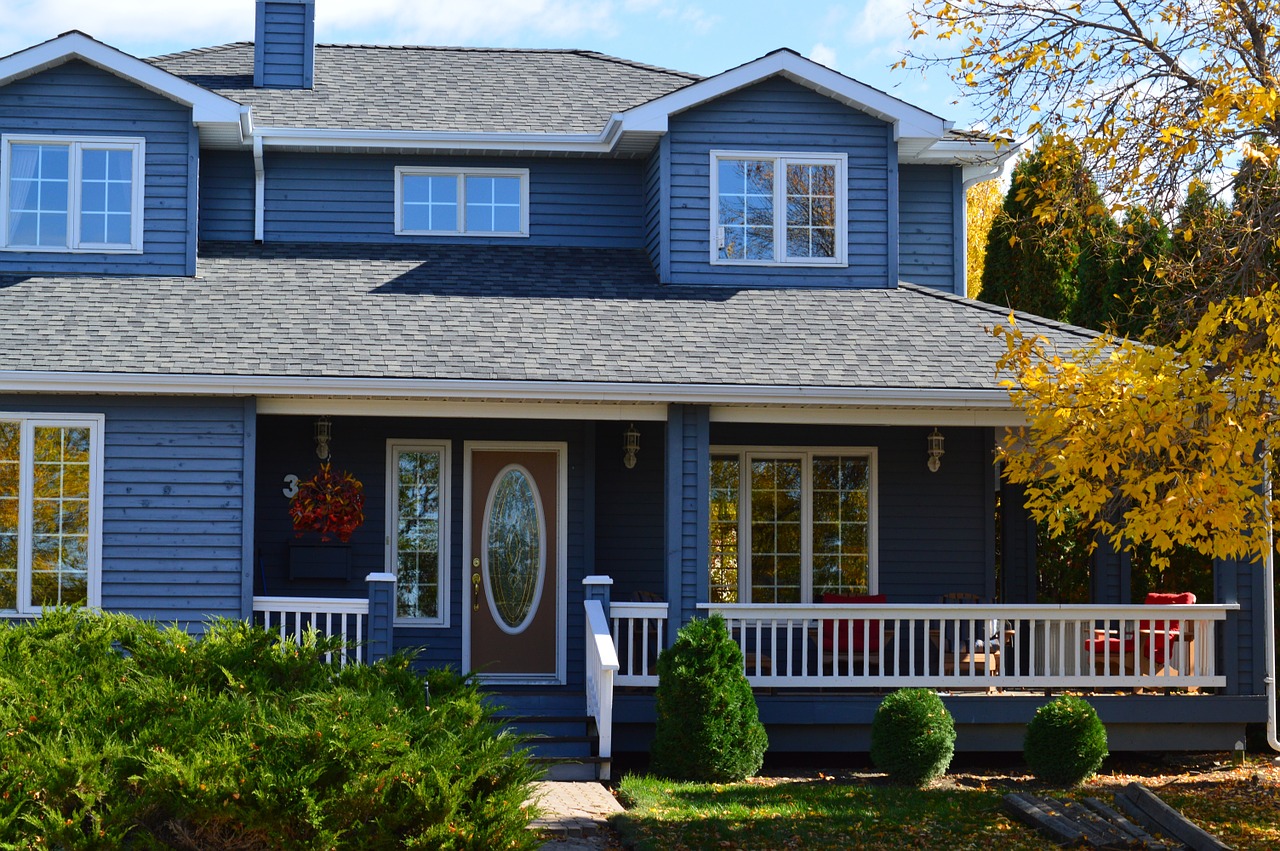
Do DHA Houses get Capital Growth?
DHA leased properties are often a great investment for those people looking for something that are both high-yielding and secure.
Properties that are leased to DHA and used for the Australian Defence Force to house their families are known for the strong yields that can be as high as 6.5%. They also come with long leases (generally 9-12) years and all the property maintenance costs are covered.
So from a cash flow perspective, a DHA leased property can make a lot of sense for an investor whose primary goal is to generate income. However, it raises the question as to whether DHA houses get capital growth?
There are a number of misconceptions about the growth potential of DHA lease properties. The first thing to understand is that capital growth potential isn’t tied to the underlying DHA leased property. Like any property investment, capital growth is very much focused on the area and suburb that you’re investing in.
DHA leased properties are found in various locations and suburbs in all states around Australia and for that reason, capital growth will vary between these different locations. Some DHA properties are located near defence force bases which are at times in outer suburban regions or larger regional centres such as Townsville or Wodonga. That will be reflected by often having higher yields.
There are many DHA leased properties that are located in capital cities and the capital growth will generally be in line with the suburbs in those cities.
Assessing capital growth potential for a DHA leased property is done in the same way in which you would assess any investment property. Key factors that impact capital growth are:
- easy access to employment opportunities
- good amenities
- public transport
- infrastructure
- education
If these factors are present or in future planning stage and there is strong demand for other properties in the area, then you can safely assume, that demand will translate in a DHA property as well if it is the same type of property that people want in that area. For example, four-bedroom family homes in an area that is attractive to young growing families.
A rule of thumb is that properties that are located in the most desirable areas, such as the beachside and river (blue chip) suburbs of our capital cities have the highest capital growth over a long period of time. This is often counterbalanced with the fact that these types of properties have very low yields.
Capital growth is important for investors, but this needs to be offset against the ability to hold these properties. And that’s where yield is just as important. High yielding properties are vital in an investment portfolio as they are able to effectively service their own debt. This is what is known a positively geared property. If the property can’t service the debt by itself, then that might not suit your investment goals.
Often times, trying to find an investment property that is a happy mix of both yield and capital growth potential is what investors would be striving to achieve. And that is one of the major appeals of DHA leased properties.
Often times the most attractive investment opportunities can be in cities like Townsville that have a balance of yield and growth potential.
But we also have DHA properties in areas like Dee Why on the northern beaches of Sydney. Dee Why would be considered by most to be a premium location with units having a median value around $750,000. Between 2013 and 2018, unit values in Dee Why increased by nearly 60%, so it’s clear that there is very strong capital growth potential.
Clearly, one of the major appeals of DHA leased housing is that high yield and guaranteed long-term income. However, it’s important to note that there is still certainly the possibility of capital growth.
Share this page